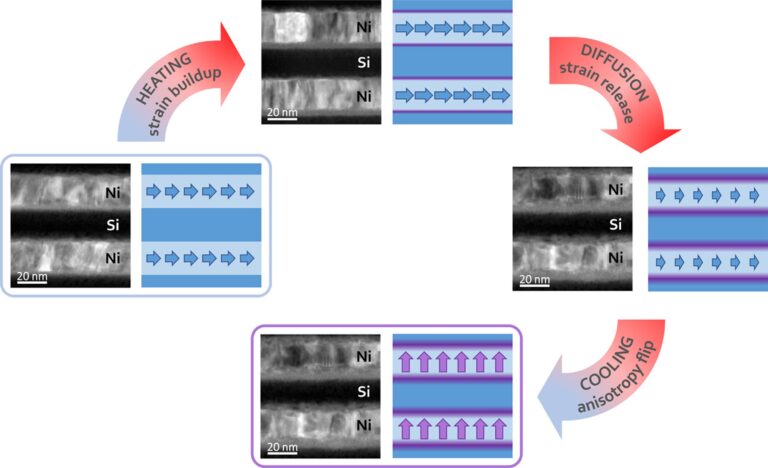Other news

Article in Advanced Materials
Our coworkers Venkata. S. R. Jampani, Miha Škarabot and Miha Ravnik in collaboration with the Faculty of Mathematics and Physics (Urban Mur), University of Luxembourg (Jan Lagerwal and Manos Anyfantakis), École Normale Supérieure, France (Damien Baigl), and the University of Siegen, Germany (Ulrich Jonas) reported the concept of WRAPPINGS (Water-based, Room temperature, Atmospheric Pressure Polymerization of INstant Glues controlled by Surfactants) in Advanced Materials.
Superglues (cyanoacrylate monomers) are well-known for their rapid reactivity, forming poly(cyanoacrylate) chains that bond materials instantly. However, using these biodegradable polymers in demanding applications is limited by the challenge of controlling their reactivity. This study introduces an eco-friendly technique that enables precise control of poly(cyanoacrylate) thin film properties by modulating the polymerization of superglue vapors on water surfaces containing surfactants. This approach facilitates the creation of water-templated films for gas encapsulation, liquid packaging, and in-situ chemical/biological cargo packaging.

Article in Acta Materialia
Anton Hromov, Andrej Zorko and Matej Pregelj together with colleagues from the Department for Thin Films and Surfaces F3 and colleagues from Serbia published the article: Perpendicular magnetic anisotropy in multilayers arising from the interplay of thermal strains and diffusion-driven plastic deformation, in the journal Acta Materialia (https://doi.org/10.1016/j.actamat.2024.120320). Magnetic films with perpendicular magnetic anisotropy (PMA) are the basis for efficient data storage and future spintronic devices. PMA originates mainly from surface effects at the interface between two layers and decreases rapidly with increasing layer thickness. Consequently, the individual layers in such films, with a large number of alternating magnetic and non-magnetic layers, are typically less than a nanometer thin. Using ferromagnetic resonance measurements, the group showed that strong PMA can also be achieved in multilayer Si/Ni films with a thickness of individual layers more than 10 nm. The key mechanisms are thermally imposed stress, plastic deformation, and diffusion, which impose PMA via magnetoelastic coupling. Such a process paves the way for the production of PMA films, which avoids the complex and expensive production of atomically thin multilayer films.
